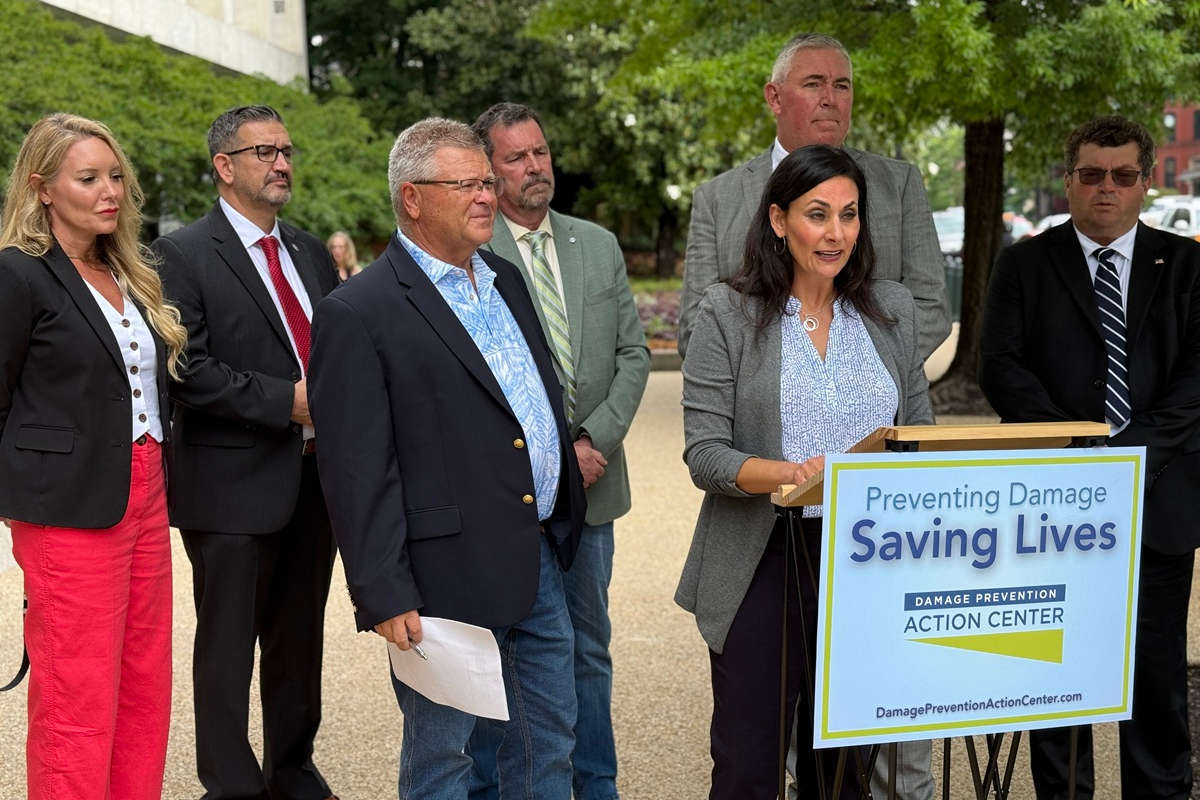DBE Fraud Update: Orange Is Still the New Black
 Last August, Utility Contractor featured an article with some background information about the federal Disadvantaged Business Enterprise (DBE) program, and the recent explosion in the number of DBE fraud prosecutions across the construction industry.1 This month, we’re back to continue this cautionary tale, and to offer additional tips to help you identify and avoid transactions that could land you in an orange jumpsuit.
Last August, Utility Contractor featured an article with some background information about the federal Disadvantaged Business Enterprise (DBE) program, and the recent explosion in the number of DBE fraud prosecutions across the construction industry.1 This month, we’re back to continue this cautionary tale, and to offer additional tips to help you identify and avoid transactions that could land you in an orange jumpsuit.
A DBE is a small, for-profit business that is at least 51 percent owned and controlled by socially and economically disadvantaged individuals. Additionally, the owner of a DBE must demonstrate that his or her net worth is no greater than $1.32 million. State and local authorities receiving federal-aid highway funds, federal transit funds, federal airport funds and all such authorities entering into contracts funded with any Department of Transportation (DOT) financial assistance must have a DBE program in place. While the DBE program was established for the purpose of assisting small disadvantaged businesses competing for federally funded transportation projects, the program has long been riddled with fraud. But that time is coming to an end as fraud investigations initiated by the DOT’s Office of the Inspector General have risen dramatically in recent years.
In late July, the president and CEO of a large construction firm was charged with wire fraud and conspiracy in connection with his company’s receipt of a $256 million trade contract for work on One World Trade Center.2 The investigation was conducted by the Port Authority of New York and New Jersey, the Internal Revenue Service and the Department of Labor, and was aided by the testimony of several individuals who previously pled guilty to participating in DBE fraud on this project. In the criminal complaint, it is alleged that the defendant perpetrated the alleged fraud by claiming that work was being performed by a DBE when instead the work was being formed by a non-minority contractor.
Earlier in July, the 68-year-old CEO and co-owner of a Pennsylvania construction company was sentenced to 51 months in prison after pleading guilty for his role in the largest DBE fraud in history.3 As part of his written plea agreement, the defendant admitted setting up a shell DBE corporation that received more than 300 federally-assisted subcontracts from various general contractors worth approximately $119.4 million. While these subcontracts required the DBE to furnish and install various products, the work was actually being performed by the defendant’s company.
These examples are but a few of the recent prosecutions, but illustrate that the government continues to be serious about prosecuting DBE fraud. To avoid finding yourself in that orange jumpsuit, recognize potential problems when you see them. Signs may include general contractors who seek to inject a DBE into discussions at the last minute after material prices and quantities have been finalized; general contractors who always use the same DBE; contracts for work for which the designated DBE has little or no previous experience or the requisite license(s); the designated DBE has a small or non-existent office, payroll irregularities and/or inconsistencies regarding employee information; and duplicate invoices and purchase orders. Follow these guidelines and the title of this article will be just a hit show on Netflix, not a description of your winter wardrobe.
John Dannecker is a Board Certified Construction Trial Attorney specializing in construction defects and delays and is the statewide practice group leader of the construction practice group of Shutts & Bowen LLP. Jennifer Sommerville is a Member of Shutts & Bowen LLP and has more than 15 years experience representing clients in complex commercial and construction disputes, in both trial and appellate courts. For more information, visit www.shutts.com.
1 See John H. Dannecker, Esq., DBE Regulations: The Mugshot of Non-Compliance, Utility Contractor (August 2013).
2 See United States of America v. Larry Davis, Case No. 1:14-mj-01687-UA (S.D. N.Y.).
3 See United States of America v. Joseph W. Nagle and Ernest G. Fink, Jr., Case No. 1:09-cr-00384-SHR-2 (Md. Pa.).




